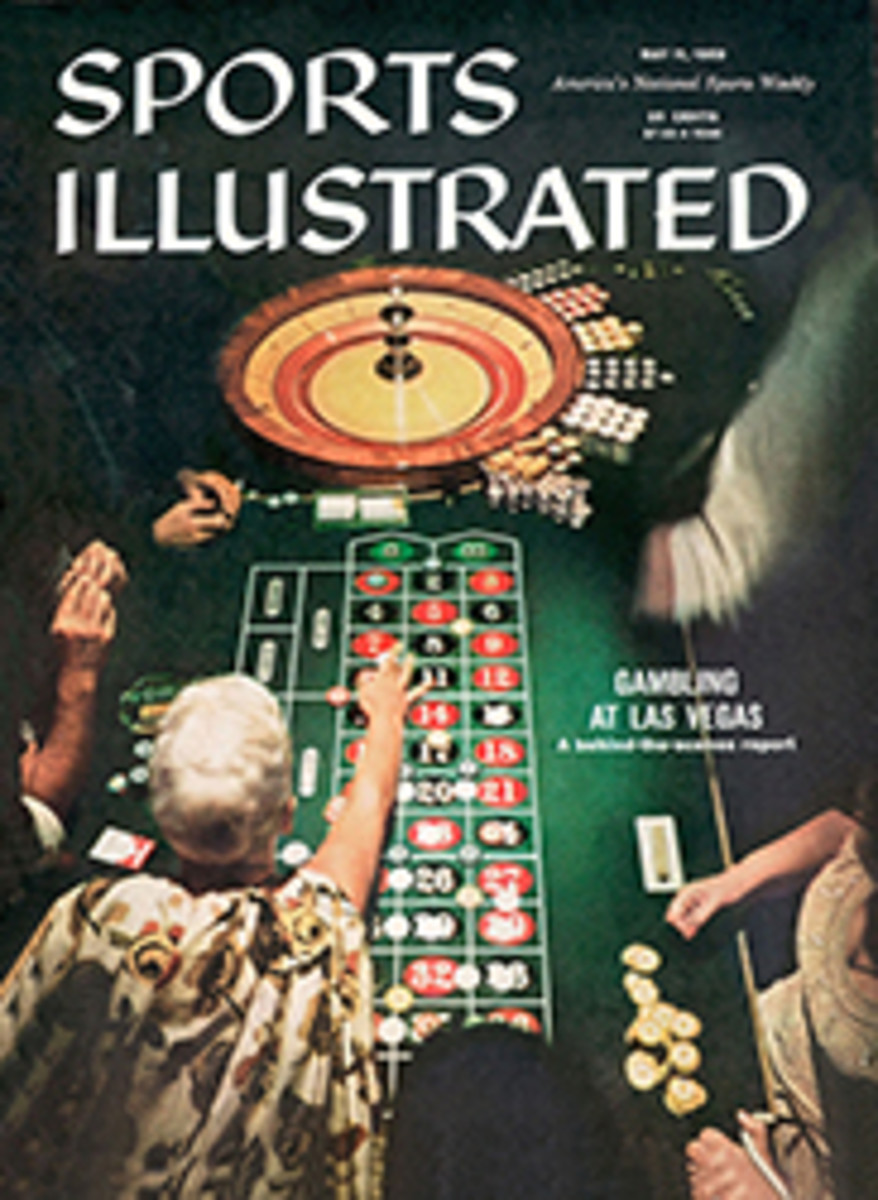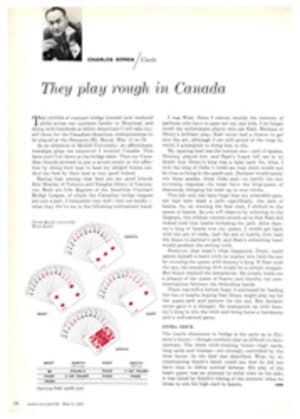
The Natural Instinct to Play Possum
The most widely known fact about a certain American animal is that he pretends to be dead when an enemy catches him. Playing possum, it is called. To see that play for the first time is to be amazed, as if witnessing an incredible comedy of the wild. Yet the habit of shamming is as widespread as animal life, being especially prevalent among the lower orders. Disturb a praying mantis at his fly catching, and the grotesque creature pretends to be a dead twig; or catch a ladybird (lady beetle, ladybug) when she is helping you raise roses by eating the aphids or plant lice, and the pretty little thing turns up her toes in your hand. "Insects are most notorious in this respect," said Charles Darwin, who concluded in his Essay on Instinct, published in the appendix of George J. Romanes' Mental Evolution in Animals, that some creatures feign death for a moment only, and others so persistently that they make no response even to a fire that kills them.
Shamming takes a more appealing form when you come suddenly upon a brood of young quail or young grouse. While the mother pretends to be hurt, floundering at your feet to hold your attention, the chicks promptly play dead, one chick half hidden under a brown leaf, another flat on its back with stiffened legs, a third propped against a stump and looking like a shred of bark.
That this habit of young grouse survives to old age was proved to my satisfaction one early morning in the Maine woods. I was sitting on a log, waiting for a bull moose that had shyly answered my call at twilight, when a gorgeous cock partridge came down the trail and hopped up on a log beside me—only one of many indications that wild eyes rarely notice a motionless figure. He started mincing along the log, stepping daintily, his back turned, when, in idle curiosity, I caught him, holding his wings close against his sides. On the instant he collapsed and lay in my hands like a dead bird. Even the eyes half open and very moist, as if teary, were those of a partridge shot down in swift flight. I was stroking the beautiful plumage, regretting my hasty experiment, when he flipped out of my relaxed grip and whirled away into a spruce tree. He had played possum to good effect, certainly. But did he know what he was doing, and why?
One difficulty of answering our question is that birds are easily subject to hypnosis, or something akin to it, as you may prove by shining a looking glass into a chicken's eyes, or rubbing its beak to and fro along a crack of the barn floor, after which it apparently cannot move. Sportsmen who conduct amateur field trials have lately learned what almost any country boy could have told them—that if you swing a pheasant dizzily in the air it will stay wherever you set it down, thus permitting the oncoming dogs to point it.
The probable explanation is that birds have a very delicate sense of balance, else they could hardly fly, and to upset the nervous balance is to inhibit the will and to put muscles out of action. Unless the wings are held fast during the swinging they will react automatically in order to keep the balance, and the pheasant will run or fly the moment its feet touch the ground. It is therefore possible that my cock partridge did not know what he was doing, being stupefied by a sudden powerful grip.
Among the higher orders of animal life the possum is the best of pretenders, not only because he feigns death habitually but more because most possums do it in the same way, as if obedient to a fixed behavior pattern. If so, his shamming is purely instinctive, with no plan or purpose or intelligence about it. Professor William Preyer reached this conclusion after a long series of experiments. A powerful emotion of fear, he said, paralyzes the nerve centers and puts the animal into a state of catalepsy. He is not pretending to be dead but is frightened into a deathlike stupor.
SILENT UNTO DEATH
I came to this same conclusion on seeing my first horned owl swoop on a possum, only to swerve aside when his wing touched a bush. The possum played dead before he was touched, and held the pose until the owl swooped again. So far as human eyes could see, he made no struggle, no resistance, even when the savage bird began to tear his body to pieces.
In the autumn of that same year (1939) an uncommonly large possum was caught at a game farm, in Redding, Conn. He was moving aimlessly around the wire trap when I pulled him out by the neck, and to all rib poking or hair pulling he made no more response than a dead possum. Not till I set him on the ground and began to back away did his eyes open, and my impression was that they watched. Slowly the distance increased to a dozen feet, when the possum rolled over and headed away, but not hurriedly. When caught by the neck he again played dead, refusing to respond when I twisted the ratty tail. So I carried him to a nearby brook and dropped him in. At the touch of cold water he came to life and floundered away from me to the other bank, which might imply that he was both conscious and intelligent when he played dead.
When chased by hounds, possums vary their action according to circumstance. If caught on the ground they play dead and—an odd fact which may be illuminating—the hounds are usually disgusted and turn away, though they will shake the life out of a moving possum. If near a tree when the hounds approach, the possum climbs to the lowest branch, where he turns to wrinkle his piggy nose and hiss at his impotent enemies. This again appears to be a case of intelligence rather than of blind instinct.
One is inclined to this conclusion when he observes animals, quicker-witted than the possum, that occasionally, but not habitually, play dead. Take your five-month-old pup as the nearest example. Finding himself happily free from control he goes off adventuring, as all his kind naturally do. Hardly is he out of the yard before a big dog rushes at him with apparently hostile intent. Before the enemy can bite him, the pup rolls over on his back with paws uplifted piteously. Here, one might reason, the pup is playing dead in his own doggy way, and the purpose of his shamming is to escape injury, as commonly he does.
Romanes advances the theory that while the protective instinct in animals has, like species, evolved as a result of natural selection, instinct cannot explain everything. In the case of foxes, he concludes that sometimes their pretenses are a combination of fear and intelligent purpose. I am not sure that he is right. The youthful experience of a New Brunswick guide, whom I knew, could bespeak intelligence, or it could just as well bespeak instinct on the part of the fox.
A SLY BLACK FOX
In his boyhood, the guide told me, he caught a large black fox, whose pelt was then valued at hundreds of dollars. Before that he had taken five red foxes, some by wire snares, others by a baited steel trap, and always, he said, he had found them dead, either quickly choked by the wire noose or frozen after an exhausting struggle with the drag of the trap. But this superb black fox, looking as lifeless as any other, had evidently been caught within the hour. His body was warm as he lay limp on his side, and there was no trampled snow to tell of a struggle with the trap which had gripped the pad of one foot. He made no resistance as the exultant boy carried him home, trap and all, stopping once in a while to stroke the glossy fur and gloat over the price it would bring. At his whoop the family came out to see the prize stretched on the doorstep. Carefully now, the boy sprung open the trap; his grip relaxed when he turned to answer the question, "What in the world killed him?" At that moment the "dead" fox was just a black streak drawn across the snowy dooryard. Did he suddenly come out of a stupor, or was he purposely faking all the time?
Contradictory answers will be given because we associate shamming with older animals only, forgetting that it is a universal trait of the very young. Wave your hand over a nest of fledgling hawks, and at the threatening motion they are apparently lifeless; or poke a newly born rabbit, and he becomes like the dead grass wherein his mother hid him. Every creature born into the natural world brings with him an impulse to be still as a stone when threatened by an enemy.
A natural reason for holding still is that motionless creatures are rarely noticed because wild eyes habitually associate life with motion. All the ink spilled over the question of protective coloration might have been left in the inkpot if the disputants had used their eyes for seeing rather than their imaginations for theorizing. A mottled brown grouse and an orange-colored fawn sprinkled with glaring white spots are both invisible in the same environment so long as they hold still, but not a moment longer. Whatever the coloration, any animal betrays himself by his first motion. Hence the impulse of young creatures to be still, that is, to play dead, which is their only possible salvation in time of danger.
That the young never quite outgrow this habit of infancy is made amply evident by observed animal action. A surprised wild creature of any kind—hawk, owl, eagle, deer, wolf, bear—almost invariably freezes in his tracks at first sight of an enemy. And by the same token, so does a man. Witness your own momentary paralysis when suddenly confronted by calamity. Witness also your mental attitude in a frightful dream, when imagination conjures up death as your portion but the body receives no motor impulse from the inhibited will. Whatever else dreams may mean to a psychiatrist, the significant feature of a dream of great peril is that the dreamer cannot move, being held fast by the same instinct that keeps a helpless young bird or animal quiet in the presence of an enemy.
And what has this protective impulse of the young to do with the shamming of the old? It is, I think, an earlier manifestation of the same will to preservation, and it is wholly subconscious or instinctive. The protective impulse becomes consciously intelligent only when the threatened animal sees a chance to escape, like the black fox of a boy's poignant memory.
ILLUSTRATION

